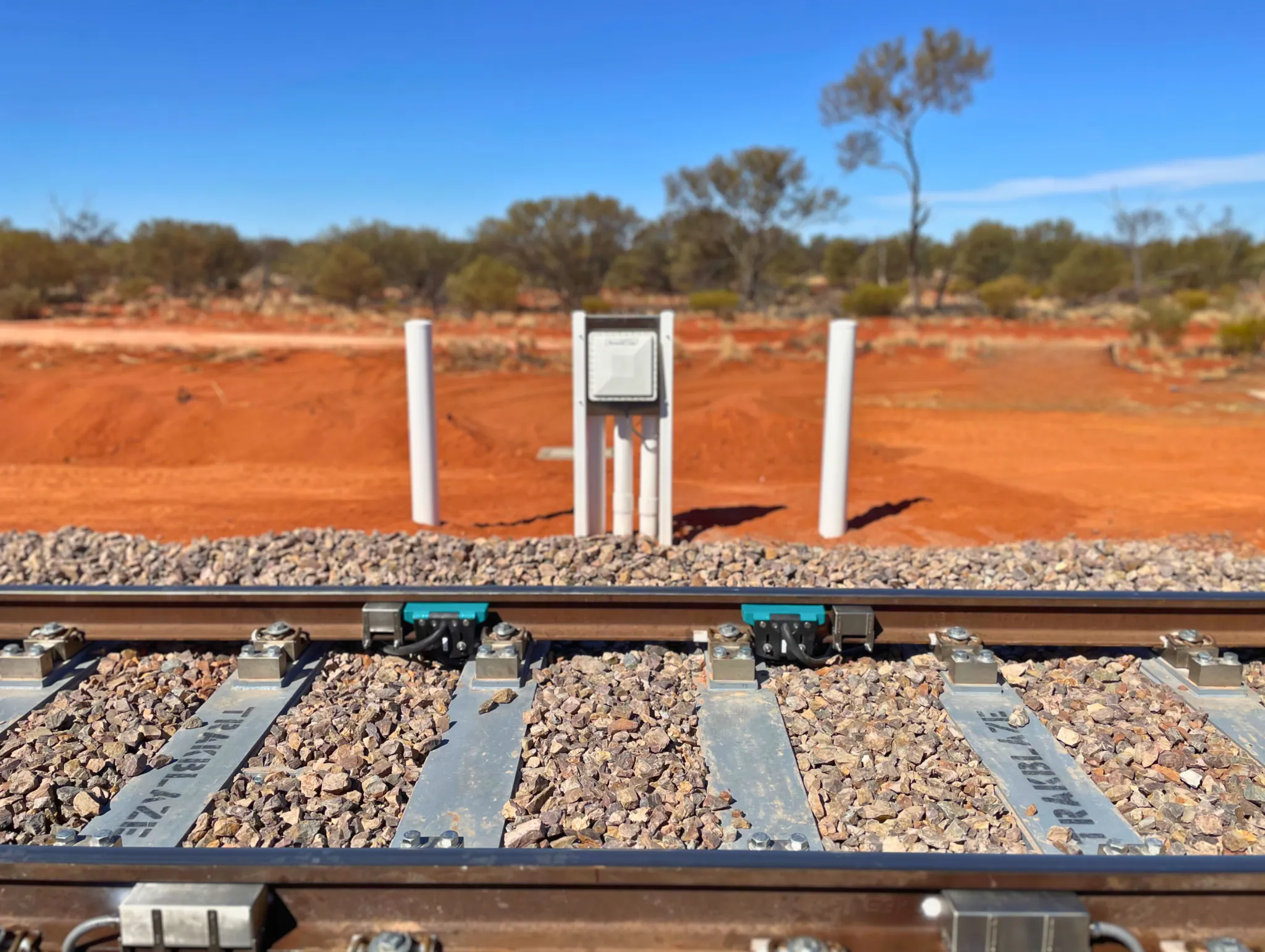At a glance
- WIM systems and dynamic weighbridges provide effective fleet tracking for cost savings, compliance, and enhanced safety.
- Vehicle loads can be tracked, load distribution maximised to capacity, and overloading prevented by weigh-in-motion (WIM) technology, dynamic weighbridges, and cumulative weight records.
- Routine fleet weight audits guarantee compliance and operational effectiveness, while load distribution driver training reduces wear and tear.
- Companies should choose weighing solutions based on vehicle class, precision, integration potential, and available mounting space to achieve long-term efficiency and compliance.
Every fleet manager knows the challenge of sustaining efficiency, safety, and compliance without impacting operations. The issues related to weight in the fleet, including overweight axles, wasteful weight distribution, and lack of load tracking, can become expensive penalties, increased maintenance, and even safety hazards at the snap of a finger.
This is where Trakblaze, the global innovator in heavy vehicle weighing and balancing technology, comes in. With the latest WIM (weigh-in-motion) technology, dynamic weighbridges, and rail weighing systems, fleet owners can gain access to real-time information to make informed decisions, minimise risks, and get vehicles on the road with efficiency.
Whatever your fleet of trucks may be – mine haul trucks, freight trains, or commercial road trucks, precise real-time weighing must be achieved for optimum productivity as well as to comply with tight industry regulation requirements. Operations can be made safer at a lower price and increased payload capacity with Trakblaze’s cutting-edge technology by optimising logistics efficiency and tracking truck weights.
Implementing Weigh-in-Motion (WIM) Systems
To begin with, WIM technology enables the weighing of vehicles in motion without the need for them to stop, minimising disruption to operations. They are ideal for busy locations so that enforcement of vehicle weights can be achieved without having to upset transport timetables.
By monitoring axle weight and gross vehicle weight continuously, fleet operators can maximise load utilisation, fuel economy and lower vehicle wear and tear. Subsequently, real-time data collected by WIM systems can be input into fleet management software to enhance decision-making and planning.
WIM technology weighs moving trucks, which avoids wait time and streamlines operations. The systems also take real-time weight readings, which enable fleet managers to check for compliance and optimise loads to enhance fuel economy.
Using Dynamic Weighbridges for Precision Tracking
Another way to monitor and track fleet performance with weighing solutions is to implement the use of a dynamic weight for precision. Dynamic weighbridges are a requirement for fleets that must have precise in-motion weighing of trucks. These weighbridges, unlike fixed weighbridges, allow trucks to be weighed at reduced speeds, giving higher efficiency in addition to a reduction in downtime.
These dynamic weighbridges provide accurate weight computations of gross vehicle weight as well as axle weights to ensure compliance with road safety legislation. By preventing overloading of axles, dynamic weighbridges avert vehicle damage, reduce accident incidence, and enhance overall road safety. They are ideal for heavy-duty transport businesses because of their durability.
In addition, they provide accurate axle and gross weight measurement, which is essential to prevent vehicles from overloading in a legal manner. They help prevent overloaded axles, which affect vehicle handling and safety.
Integrating Weighing Data with Fleet Management Systems
Third, we have integrated weigh data into fleet management systems in a way that operators get an end-to-end perspective of their vehicle performance. By integrating WIM installations and dynamic weighbridges with electronic tracking systems, fleet managers can monitor real-time weight patterns, identify inefficiencies, and make informed decisions to maximise transport operations.
Integration maximises route planning to allow full-load driving up to regulatory weight limits. Auto warnings and report capabilities allow timely decisions, eliminate overloading liability, and drive maximum total fleet productivity.
Weighing solutions can now be integrated with fleet management software in a way that operators can track trends in weight distribution, spot inefficiencies, and make tactical changes to optimise productivity.
Conducting Regular Fleet Weight Audits
There must be periodic fleet weight inspections to facilitate compliance and operating efficiency. Regular weight inspections enable fleet managers to identify trends of overloading, recognise overload-related maintenance issues, and prevent regulatory fines. The audits also help in enhanced financial planning through a reduction in the likelihood of vehicle repairs and unplanned downtime.
Balance scales such as weighbridges and in-motion scales automate the data capture process, making audits more accurate and time-saving. A well-designed audit program ensures ongoing fleet health and improved cost management.
Periodic weighing keeps trucks on schedule, preventing the possibility of fines and mechanical breakdown. Monitoring also enables companies to identify trends that can translate into operational inefficiencies.
Training Drivers on Load Distribution Best Practices
Drivers are responsible for maintaining proper vehicle weight distribution, and educating them on best practices can significantly improve fleet performance. Educating drivers in proper loading procedures avoids overloading, enhances vehicle handling, and improves road safety.
Regular training should be imparted on the need to understand weight limits, load balancing to avoid axle stress and the use of onboard weight monitoring systems. Giving drivers clear guidance on load distribution guarantees compliance with transport regulations and minimises the risk of wear and tear on vehicles.
Effective load balance training of drivers avoids overloading, improves safety, and maximises the lifespan of vehicles. Data on weight restrictions and axle load monitoring can significantly improve fleet efficiency.
Choosing the Right Weighing Solution
Buying the best weighing system depends on fleet size, business needs, and operational priorities. Companies should consider the following:
- Types of vehicles being weighed – Road transport, mining vehicles, and rail transport have varying needs.
- Compatibility with current systems – Ensure that the system is compatible with the existing fleet management software.
- Precision and reliability – High-accuracy systems minimise errors and enhance safety.
- Space and installation requirements – WIM and dynamic weighbridges occupy less yard area and need less installation expense.
Fleet performance monitoring and tracking with new weighing solutions is required in order to maintain and achieve compliance, improve efficiency, and provide safety. WIM solutions, dynamic weighbridges, and real-time weight monitoring equipment, pay off when implemented by a fleet to improve performance and stop expenditure. Proper application of the equipment on their end is advantageous for fleets in providing successful and hazard-free operations for decades.




